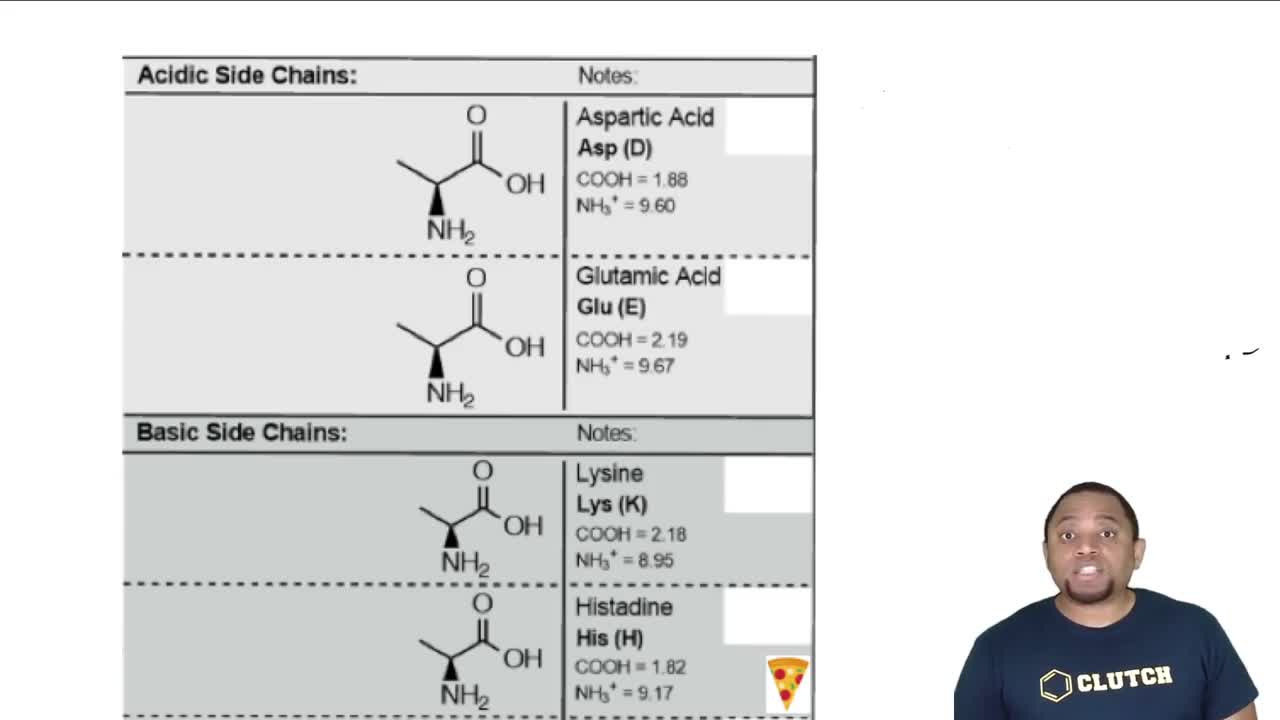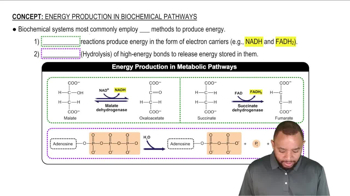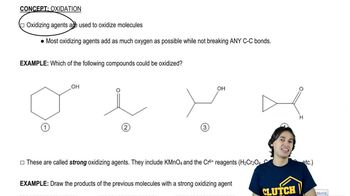What amino acid is formed when the aldehyde used in the Strecker synthesis is
b. 2-methylbutanal?

 Verified step by step guidance
Verified step by step guidance Verified video answer for a similar problem:
Verified video answer for a similar problem:



 9:34m
9:34mMaster Peptides and Polypeptides with a bite sized video explanation from Johnny
Start learning